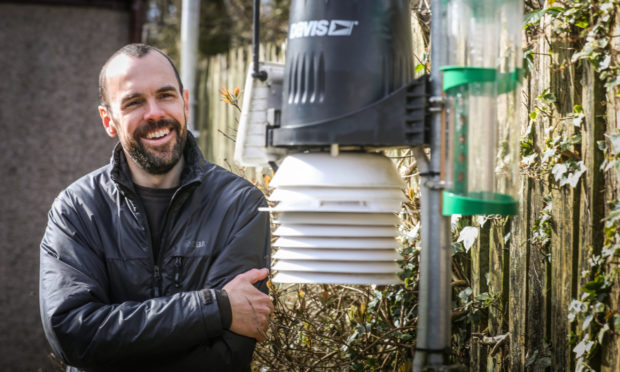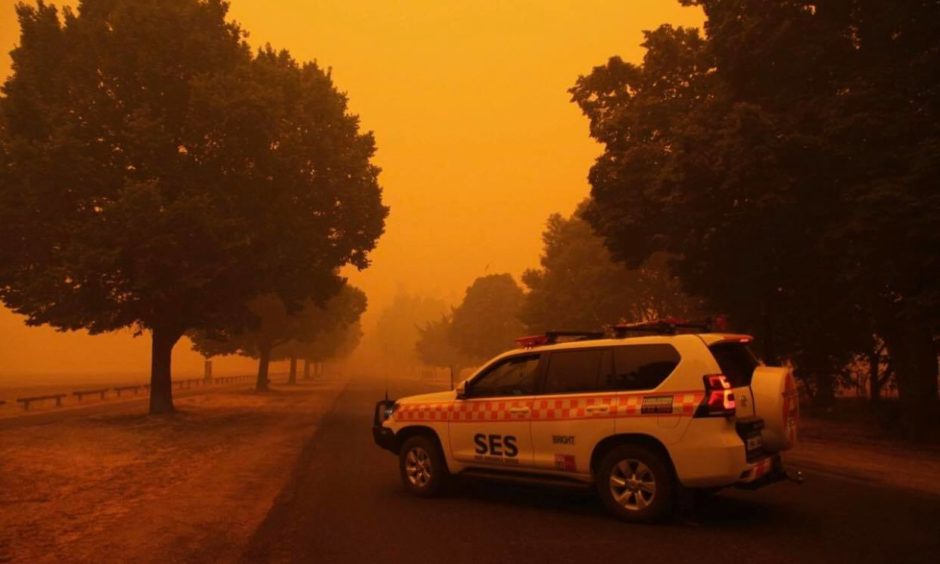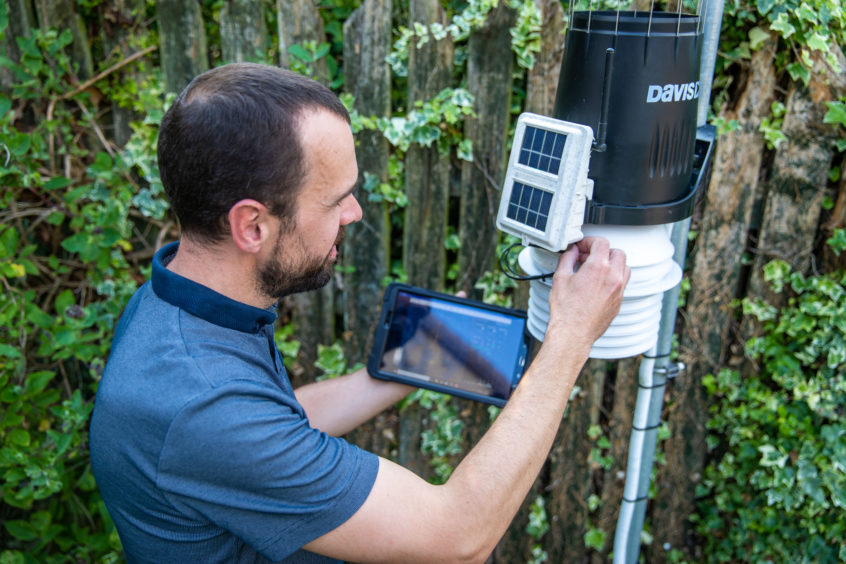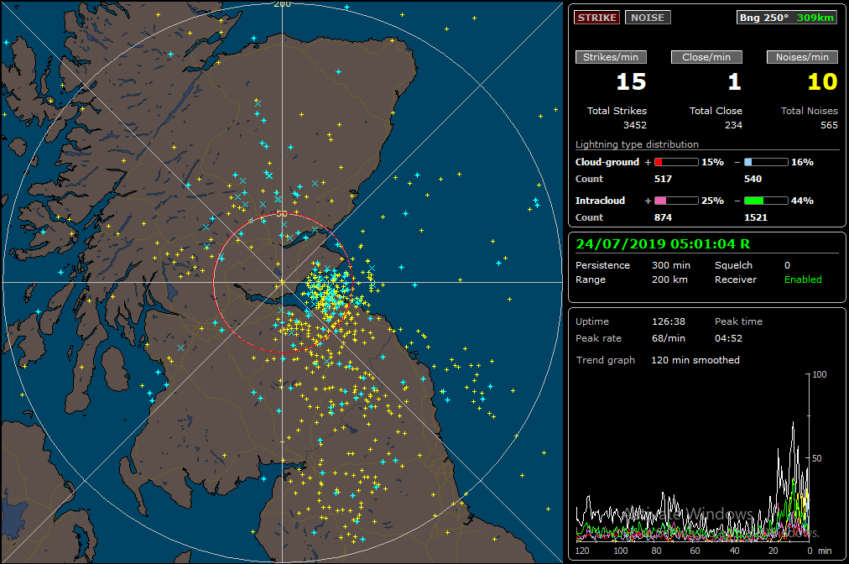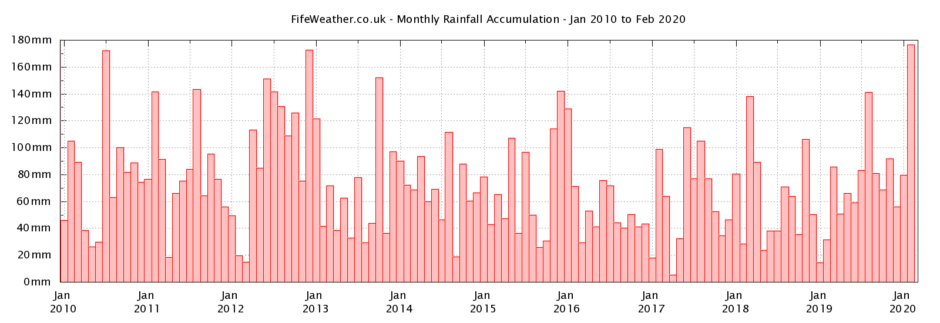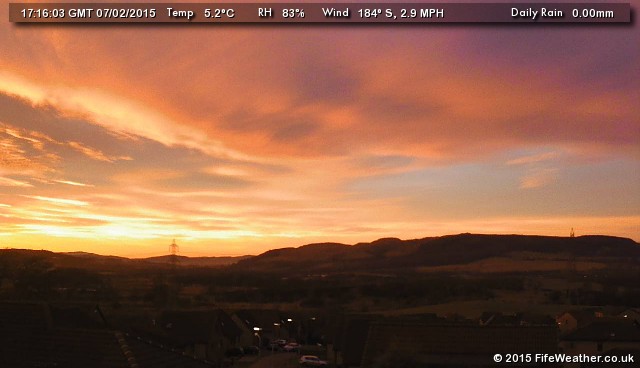Michael Alexander speaks to Fife amateur weather enthusiast Graham Smith about his hobby – and his dislike of Australian weather!
With his instantly recognisable Australian twang, the first question people usually ask Fife-based amateur weather enthusiast Graham Smith is: “why did you come to Scotland and leave Australia with all that lovely weather?”
But ironically, for the Glasgow-born 44-year-old whose family moved Down Under when he was a baby, it was the intensity of the Australian heat that prompted him and his wife to move back to and settle in Scotland in 2004.
“The move to Scotland all came about because neither my wife or I were a big fan of the hot Australian summers,” explained Graham who now lives in Lochgelly.
“My first interest in the weather started as a child in Darwin where you get the most fantastic thunderstorms.
“In Adelaide, where we lived before we left, the temperatures would regularly get up to 40 degrees and above in the summer.
“But neither of us were a fan of that. We found that ironically winter was our favourite time of year. “Having been born in Scotland I had the option of moving back here because I had my British passport.
“It was one of those things that started as a bit of a joke. It started as a kind of throwaway idea – ‘why don’t we go to Scotland? We don’t really like the hot weather here!’
“The idea gained more traction and became reality!”
Today, Graham works as a cyber security engineer with an international financial services company in Edinburgh.
But the father-of-two, who ended up living in Fife due to the expense of the capital, remains as interested in the weather than ever after establishing his Fife Weather website and Twitter account.
Though a weather station attached to his house, he monitors rainfall, wind speed and temperature in Fife while analysing the information to see how it compares with the national weather forecasts.
He also has seven weather-cams set up across Fife. He regularly shares his data online and has built up quite a following.
“It started in 2006, the year my son was born,” said Graham.
“I mentioned that early fascination I had as a kid with storms. When we moved back to Scotland, it seemed like the weather here played a lot more integral part of peoples’ lives.
“I think people in Australia tend to ‘avoid’ the weather. When it’s really hot you are indoors with air conditioning. When it’s raining you don’t go out because there’s plenty opportunities in Australia to enjoy good weather.
“Here, we get perfect weather so infrequently you really do just have to live with the weather!
“I guess I just became a lot more aware of the weather and how it was impacting our lives. That led to me thinking I’d really like to put up a weather station – to see how fast these gusts of wind actually are compared to what had been forecast? How cold is it really getting? How wet has it really been?
“You hear these stats from the Met Office and other organisations. But it’s always a generalisation and I really wanted to know what we were actually experiencing.”
Graham said that in climatological terms, the 14 years he’s run his weather station isn’t a massive amount of time to detect detailed scientific trends.
But interacting with folk on Twitter, and of course watching from afar the impact of bush fires in his former Australian home, he’s in no doubt that the climate is changing.
“The one thing I will say is that I’ve come to expect the unexpected with the weather now,” he added.
“The whole motion of the four seasons now feels like a loose guideline as opposed to being actually able to plan around those.
“The patterns just don’t behave in ways that in the past people would have expected.
“The climate is definitely changing here. But it’s changing everywhere. I can see the changes that are taking place in Adelaide where my wife and I came from.
“Just reflecting on the fact the weather they are getting there now doesn’t resemble what we left. It’s even hotter there now.
“There’s just no way I could ever contemplate living in those temperatures again now given the fact they are now five or six degrees warmer than what we would have previously thought of as our maximum temperature.”
